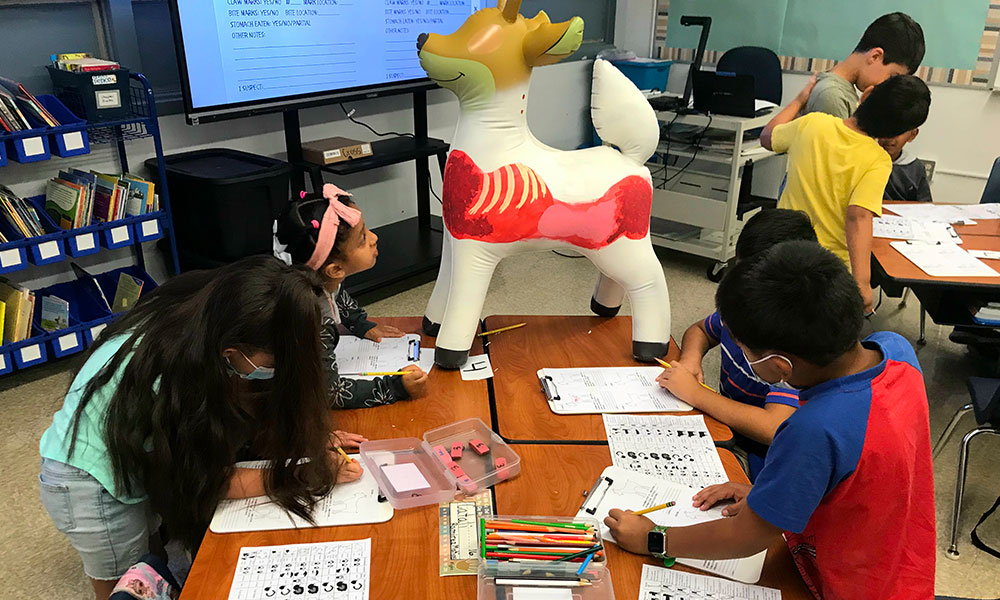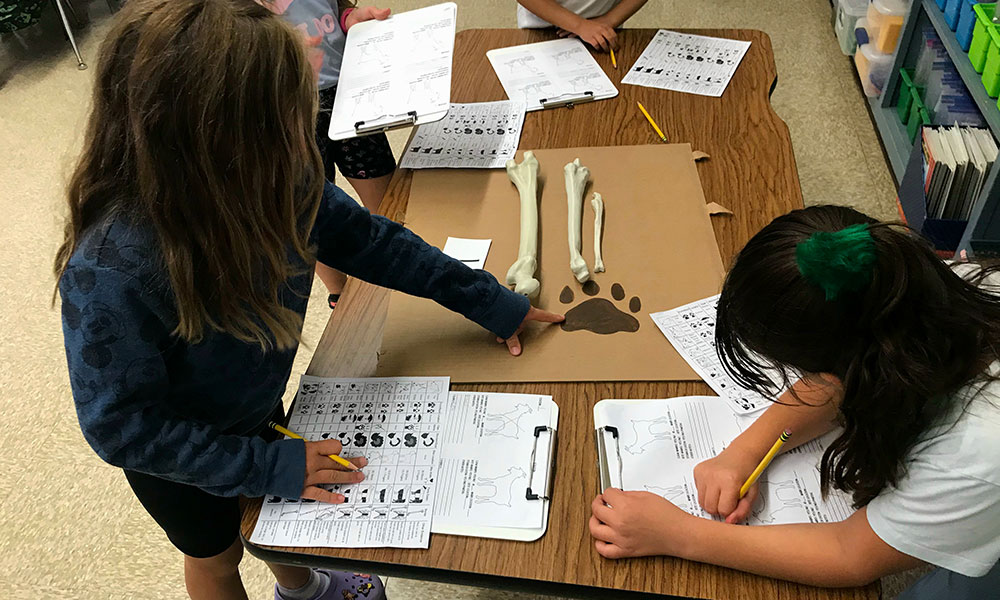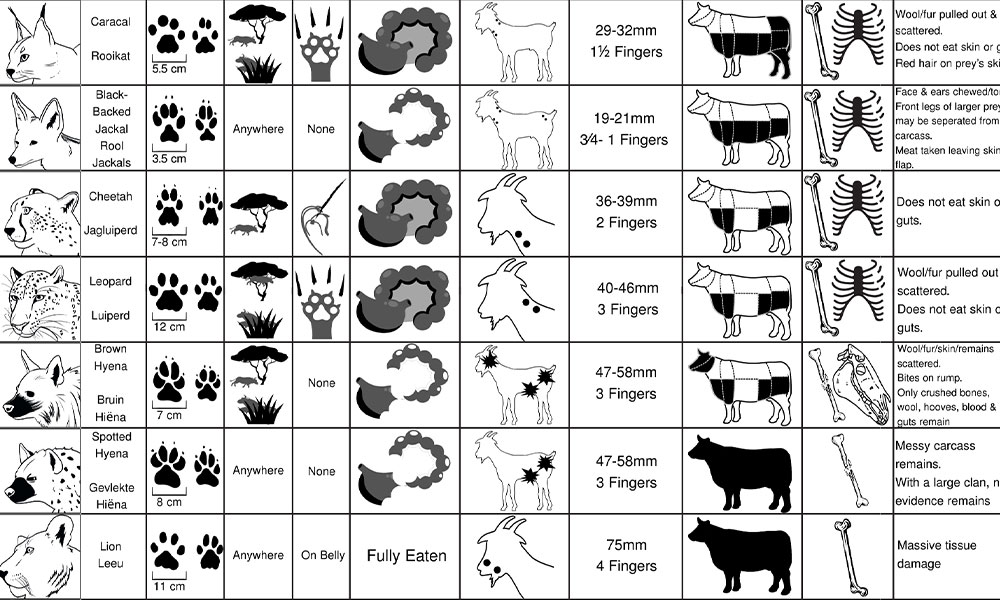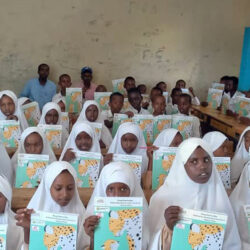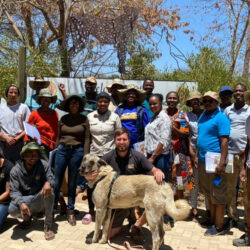Who Killed My Goat? – Lesson Learned in Namibia and Applied in California
-

- by Hannah Cross December 1, 2023
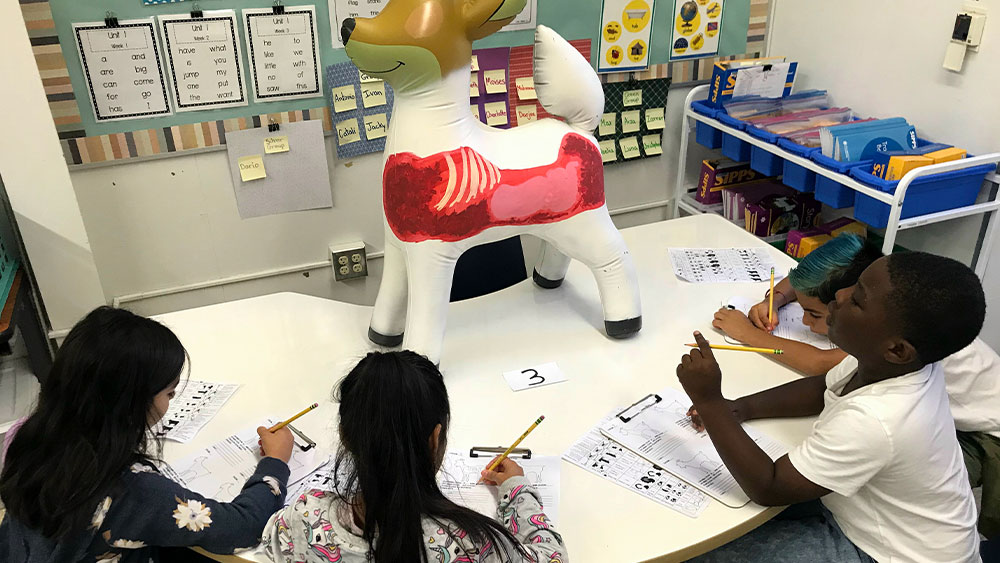
I have been lucky enough to have the opportunity to visit CCF twice now, once as an intern in the summer of 2019, and more recently as a Project Dragonfly’s Earth Expeditions student in July of 2023. On this most recent visit, I attended CCF as part of my Master’s degree in Biology through Miami University in Oxford, Ohio. Both times I have been at CCF, I have been impressed with the programs to educate local community members about cheetah conservation, and specifically the outreach done for the agricultural communities to mitigate human-wildlife conflict. As part of my studies at CCF, I participated in a farmer training course that included predator kill identification, where we had to use an educational guide to identify how model goats were killed, to practice making correct predator kill IDs. The engaging nature of this activity instantly struck me, and the lesson’s usefulness to farmers, as it is hands-on and can be applied directly to these herders’ lives. Before I even boarded the plane back to the USA, I knew I wanted to share this activity with my community back home.
I brought this knowledge and new training with me back to California and eagerly began recreating this activity. I created four model goats based on the kill ID guide provided by CCF, and included “remains” where only bones and tracks were left. I was invited as a guest educator to a second-grade class at Fremont / Lopez Elementary School in Stockton, California. I involved the students in a discussion on livestock management strategies, where we talked about things like CCF’s Livestock Guardian Dog (LGD) Program and the Farmer Carnivore Help Hotline. We also talked about why a predator might kill livestock, and why it is important to protect predators. With this new knowledge, the students were eager to become detectives and investigate who killed the goats using their predator kill ID guides.
Because over 90% of the wild cheetah population is found on farmlands, and their home range expands over multiple farms, human-wildlife conflict is a leading threat to the survival of the cheetah. The predator kill identification training is designed to be easy to follow for Namibian herders and farmers, so it can be used firsthand when they experience livestock loss to determine what predator killed their livestock. A correct kill ID can lead to the implementation of effective livestock management strategies for that predator. The second graders were quick to distinguish the difference between the livestock kills and were able to deduce which predator killed which goat accurately. The class was most excited about the use of LGDs to protect herds from predators. They also expressed concern for predators like cheetahs, which might be killed in retaliation for livestock loss they did not commit. As cheetahs are diurnal and more likely to be seen by people, their perceived threat can be disproportional to their actual threat.
Overall, I was astounded by the attentiveness of the second-grade class and their ability to correctly reason which predator killed which goat. The high level of engagement in this activity makes it accessible and understandable regardless of age and background. While my community in California does not have human-wildlife conflict with cheetahs, these students can draw comparisons to our wildlife, such as coyotes or cougars. Being able to offer these students a taste of conservation and farmer training brought directly from Namibia was fulfilling. Hopefully, this activity sparked the interest of future scientists, biologists, and conservationists from the group.
Related Reading


